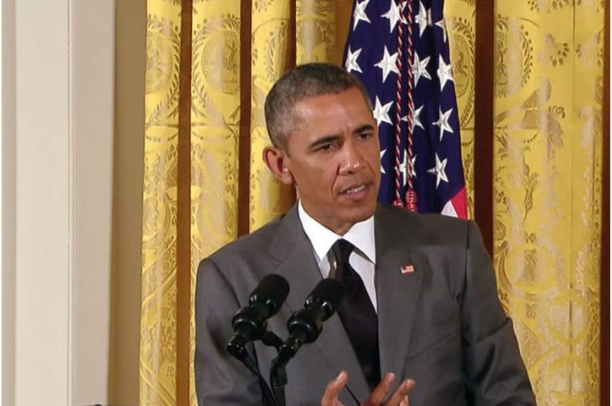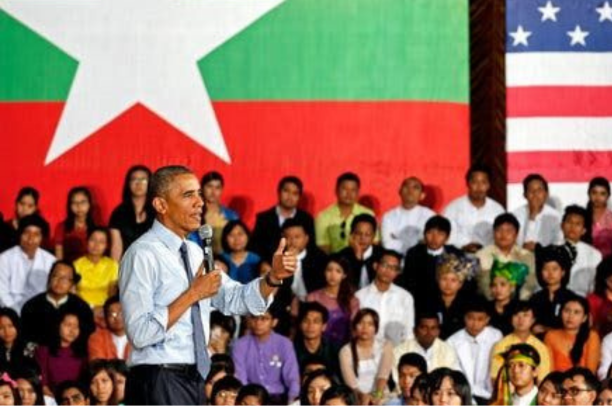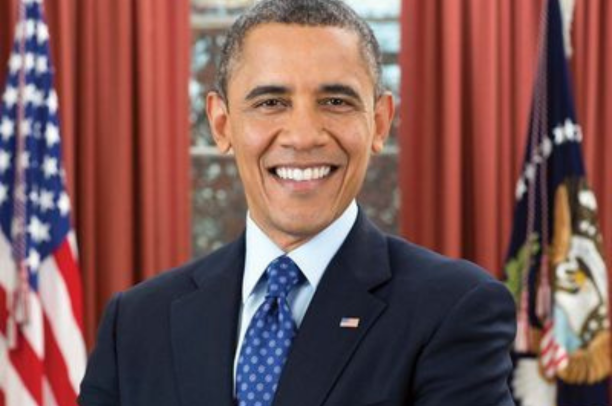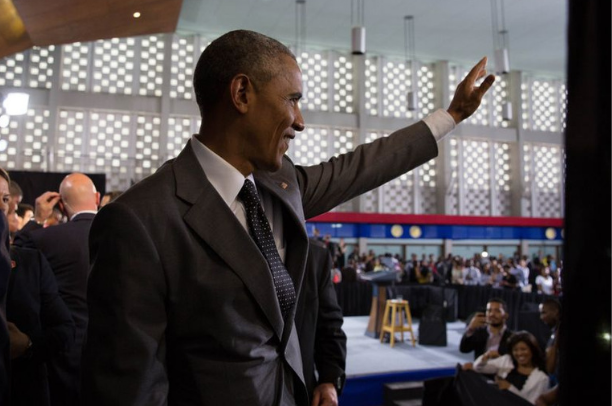Power, Peace, and Profits: Behind the Rwanda–DRC–US Deal
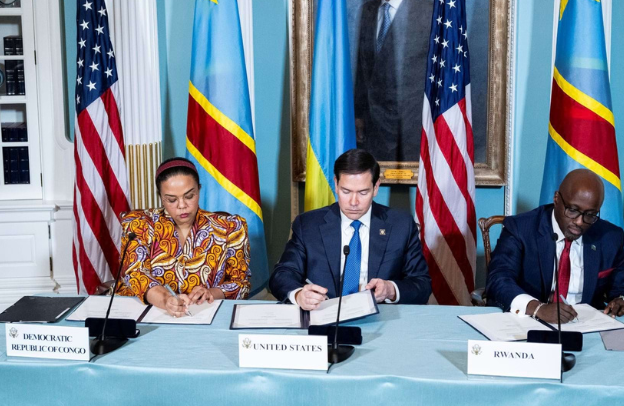
Rwanda and the Democratic Republic of Congo (DRC) have reached a landmark US-brokered peace agreement aimed at ending the devastating conflict in eastern Congo. Beyond halting the violence, the deal also opens the door for the U.S. government and American companies to secure access to the region’s vital critical minerals. In this article, we break down everything you need to know about this pivotal development.
Learn How to Leverage Your Story through our Story To Asset Framework.
Late last week, in a high-profile ceremony in Washington, DC, under the watchful eyes of U.S. President Donald Trump, Vice President JD Vance, and Secretary of State Marco Rubio, the foreign ministers of Rwanda and the DRC signed a peace agreement hailed as a diplomatic triumph.
Trump declared the agreement “a glorious triumph” and suggested it deserved Nobel recognition. Yet, on the ground in eastern Congo, displaced families still queue for water, and rebels still control the cities.
The United States Is After Its Interest, Not That of Congo or Rwanda
The agreement, brokered by the U.S. with quiet support from Qatar, ostensibly aims to end a decades-long conflict that has cost millions of lives and destabilized the region. Yet beneath the headlines and handshakes lies a complicated reality that threads together geopolitics, mineral wealth, and deep-seated mistrust.
See also Renate From Brussels to Congo, The Blood Still Cries from the Soil: A journey In Search of the Truth
It’s crucial to understand that Central Africa holds some of the world’s most valuable reserves of cobalt, lithium, and coltan, two key minerals that are absolutely essential for powering the clean energy transition, electric vehicles, and modern digital technologies.
A UN article titled, “Critical Minerals: Africa Holds Key to Sustainable Energy Future” has a lot to say about that.
According to a 2022 Foreign Policy report, over 70% of the world’s cobalt supply originates from the Democratic Republic of Congo, often extracted under brutal and exploitative conditions.
For the U.S. and its allies, securing reliable access to these strategic resources has become urgent, particularly as China has already established a dominant foothold in much of the DRC’s mining sector.
What is The Cost of Peace?
The White House has portrayed this deal as a breakthrough, a foreign policy win amid escalating global instability. However, to many Congolese citizens and peace analysts, the announcement evokes more skepticism than celebration.
Michael Odhiambo, a peace expert for Eirene International based in Uvira, eastern DRC, cautions that the Congolese population views the deal with suspicion.
“I think a lot of ordinary citizens are hardly moved by the deal and many will wait to see if there are any positives to come out of it,” said Michael Odhiambo.
Five months earlier, President Trump abruptly ended USAID operations in eastern DRC via a single social media post. This move cut off essential humanitarian aid, leaving more than 250,000 people without access to clean water in regions like Uvira and Rubaya, areas now at the center of rebel activity and displacement.
Peace with Strings Attached
While the US has painted itself as the architect of peace, the conditions underpinning the agreement suggest a deeper motivation. The DRC’s mineral wealth, cobalt, tantalum, lithium, and gold remains at the heart of this story.
In March, President Félix Tshisekedi reportedly offered the U.S. preferential access to key mineral zones in exchange for security assistance. For Washington, eager to compete with China’s dominant presence in Africa’s critical mineral supply chains, the peace deal offers a gateway to strategic resources.
See also Press Conference on USSC Ruling in U.S. v. Texas
Analysts argue that this mineral-security bargain casts a long shadow over the agreement. The Congolese government may gain international legitimacy and temporary calm, but the cost could be long-term resource dependency and increased U.S. leverage over Kinshasa.
M23, FDLR, and the Proxy Puzzle
The most glaring issue in the deal is what it leaves out. The peace agreement’s immediate focus is the neutralization of the Democratic Forces for the Liberation of Rwanda (FDLR), a group tied to the perpetrators of the 1994 Rwandan genocide. Rwanda’s military justifies its ongoing presence in the DRC as necessary to contain this threat.
However, the M23 rebel group, currently the most powerful armed faction in eastern DRC was not included in the peace deal. Backed by Rwanda, M23 has seized strategic cities like Goma and Bukavu in recent months, including two major airports.
Some political analysts argue that the deal sidesteps the issue of M23, framing it as an internal Congolese matter. However, multiple UN reports have documented Rwanda’s military and logistical backing of the rebel group. This omission raises serious questions about the agreement’s effectiveness, and whether it addresses the root causes of the conflict or merely serves broader geopolitical interests.
“The impact of the agreement may be more severe on the FDLR as it explicitly requires that it ceases to exist,” said Eirene International’s Odhiambo. “The M23, however, is in a stronger position given the leverage they have from controlling Goma and Bukavu and the income they are generating in the process.”
What are the Stakes for the State
Both the Rwandan and Congolese governments are playing high-stakes diplomacy. For Rwanda, managing the optics of peace while maintaining its strategic foothold in the DRC is a delicate balancing act.
If Kigali withdraws its forces without neutralizing the FDLR, it risks future instability. Conversely, successfully dismantling the FDLR could bolster Rwanda’s regional influence and diplomatic credibility.
You might also want to see On Smart Diplomacy with Iran and Release of U.S. Detainees
For Kinshasa, the risks are even more acute. The agreement tasks the Congolese government with disarming the FDLR and stabilizing eastern DRC—missions its military has long struggled with.
“If Kinshasa fails to deliver, it reinforces the image of a weak state,” Odhiambo warned. “If it succeeds, it may win international praise but lose control over mineral-rich territories that are likely to fall into the hands of private interests aligned with Washington.”
A Deal for Whom?
Despite the grand narrative in Washington, many Congolese see this deal as yet another instance where African realities are shaped by foreign interests.
Jakob Kerstan, DRC director for the Konrad-Adenauer-Stiftung Foundation, acknowledged that the Congolese government has scored a diplomatic win. “There’s a sense that the world is finally paying attention again,” he said. “But that doesn’t mean the people feel safe or represented.”
Indeed, years of similar agreements, built in foreign capitals with little input from the affected populations have failed to address the root causes of conflict: governance failures, foreign exploitation, and unresolved ethnic tensions.
According to Amnesty International’s report “Why is the Democratic Republic of Congo Wracked by Conflict?”, several key factors are fueling the ongoing unrest. These include poor governance, the mismanagement of post-colonial state-building, and fierce competition over land and natural resources.
The conflict is also deeply rooted in longstanding ethnic divisions, many of which stem from the region’s colonial legacy and nearly five decades of continuous instability and unresolved historical grievances.
Trump’s triumph may dominate headlines, but in Rubaya, Goma, and Bukavu, peace is measured not in treaties, but in the absence of gunfire and the return of clean water.
Conclusion: A Turning Point or Repeat Cycle?
Time will tell whether the U.S.-brokered deal signals a genuine shift in the Great Lakes region or merely recycles old patterns of foreign intervention and resource diplomacy.
For now, African integrity demands that the continent define peace on its own terms, not those dictated in Washington or Doha.
If the Congolese and Rwandan people are to truly benefit, peace must extend beyond elite signatures; it must touch the lives of the millions displaced, exploited, and forgotten.
Learn How to Leverage Your Story through our Story To Asset Framework.

